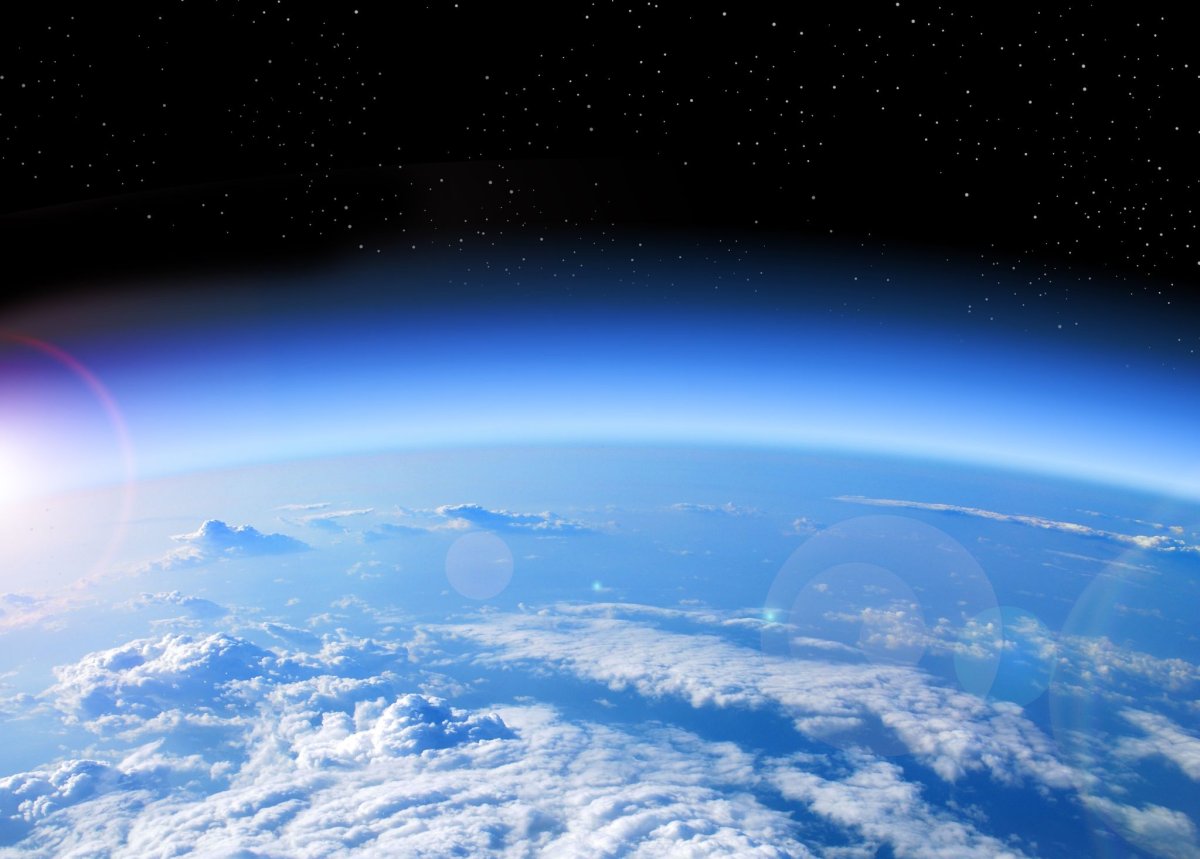
The mysterious source of an ozone-depleting chemical substance has been tracked to eastern China, with scientists finding "significant ongoing" emissions of the potent compound carbon tetrachloride coming from Shandong province.
The discovery raises questions about the source of the substance. In 2010 the production of carbon tetrachloride was banned under the Montreal Protocol, so finding out how and why it is turning up in the atmosphere is extremely important.
The Montreal Protocol is an international agreement finalized in 1987 to protect the ozone layer by phasing out the production of ozone-depleting substances. In the early 1980s, scientists had discovered evidence of a huge hole in the ozone layer—a layer in Earth's stratosphere at an altitude of about 6.2 miles that filters out harmful ultraviolet radiation from the sun. Researchers discovered the cause to be manmade CFCs (chlorofluorocarbons), compounds which rise into the stratosphere and destroy ozone molecules.
Earlier this year, NASA released the first direct proof that the hole in the ozone layer had shrunk thanks to the CFC ban. "We see very clearly that chlorine from CFCs is going down in the ozone hole, and that less ozone depletion is occurring because of it," Susan Strahan, an atmospheric scientist from NASA's Goddard Space Flight Center, said in a statement.
But the problem of CFCs remains. In recent years, scientists started finding evidence of carbon tetrachloride in the atmosphere. Around 40,000 tons are still being emitted every year, but where they were coming from was a mystery.
Now, in research published in Geophysical Research Letters, scientists led by Mark Lunt, from the U.K.'s University of Bristol, have discovered where the carbon tetrachloride is coming from. "Despite the controls on production being introduced, [carbon tetrachloride] emissions from the eastern part of China did not decline between 2009 and 2016," the study read.

"This finding is in contrast to a recent bottom‐up estimate, which predicted a significant decrease in emissions after the introduction of production controls."
The team used data about ground and airborne atmospheric concentrations to create two models simulating the transport of gases through the atmosphere. Their findings showed that over the eight-year study period, there were "significant ongoing" carbon tetrachloride emissions coming from eastern China. They also found evidence to suggest a new source of emissions emerged in Shandong province after 2012.
The team notes that the carbon tetrachloride is not necessarily being produced on purpose. "Our work shows the location of carbon tetrachloride emissions," study co-author Matt Rigby said in a statement. "However, we don't yet know the processes or industries that are responsible. This is important because we don't know if it is being produced intentionally or inadvertently.
"There are areas of the world such as India, South America and other parts of Asia where emissions of ozone-depleting gases may be ongoing, but detailed atmospheric measurements are lacking."
Lunt told Newsweek that at the moment they could only speculate on the source of the emissions. "One possible explanation is that these fugitive emissions in China are larger than has previously been assumed," he said. "Alternatively, the source could be related to some other unknown processes.
"Under the Montreal Protocol each party reports information on carbon tetrachloride production, imports, exports, feedstock use and amount destroyed. However, this does not include inadvertent emissions as a result of the production of other substances [such as the chloromethanes], which could be one of the main processes behind these emissions. Until we can be sure of the process behind the emissions we find, it is hard to say what the implications for the Montreal Protocol are."
Lunt added that the ozone recovery has been delayed as a result of those emissions. "I suspect the delay will be relatively small due to the 'extra' emissions we've had so far," he said. "[But] if they continue into the future though, I suspect we could see relatively substantial delays."
This story has been updated to include quotes from Mark Lunt.
Uncommon Knowledge
Newsweek is committed to challenging conventional wisdom and finding connections in the search for common ground.
Newsweek is committed to challenging conventional wisdom and finding connections in the search for common ground.
About the writer
Hannah Osborne is Nesweek's Science Editor, based in London, UK. Hannah joined Newsweek in 2017 from IBTimes UK. She is ... Read more
To read how Newsweek uses AI as a newsroom tool, Click here.








